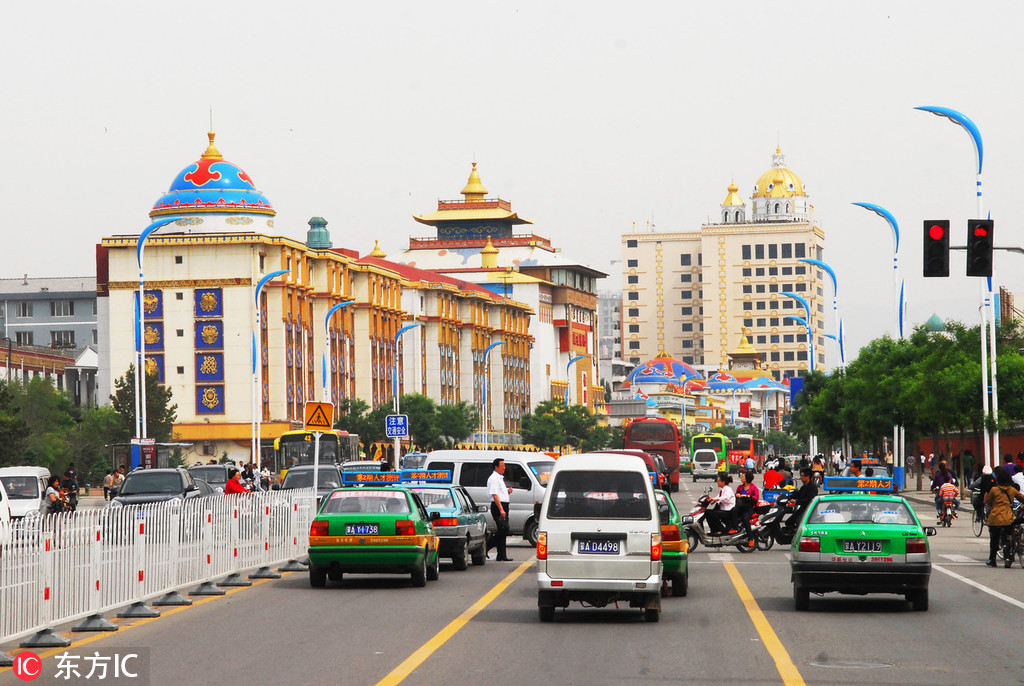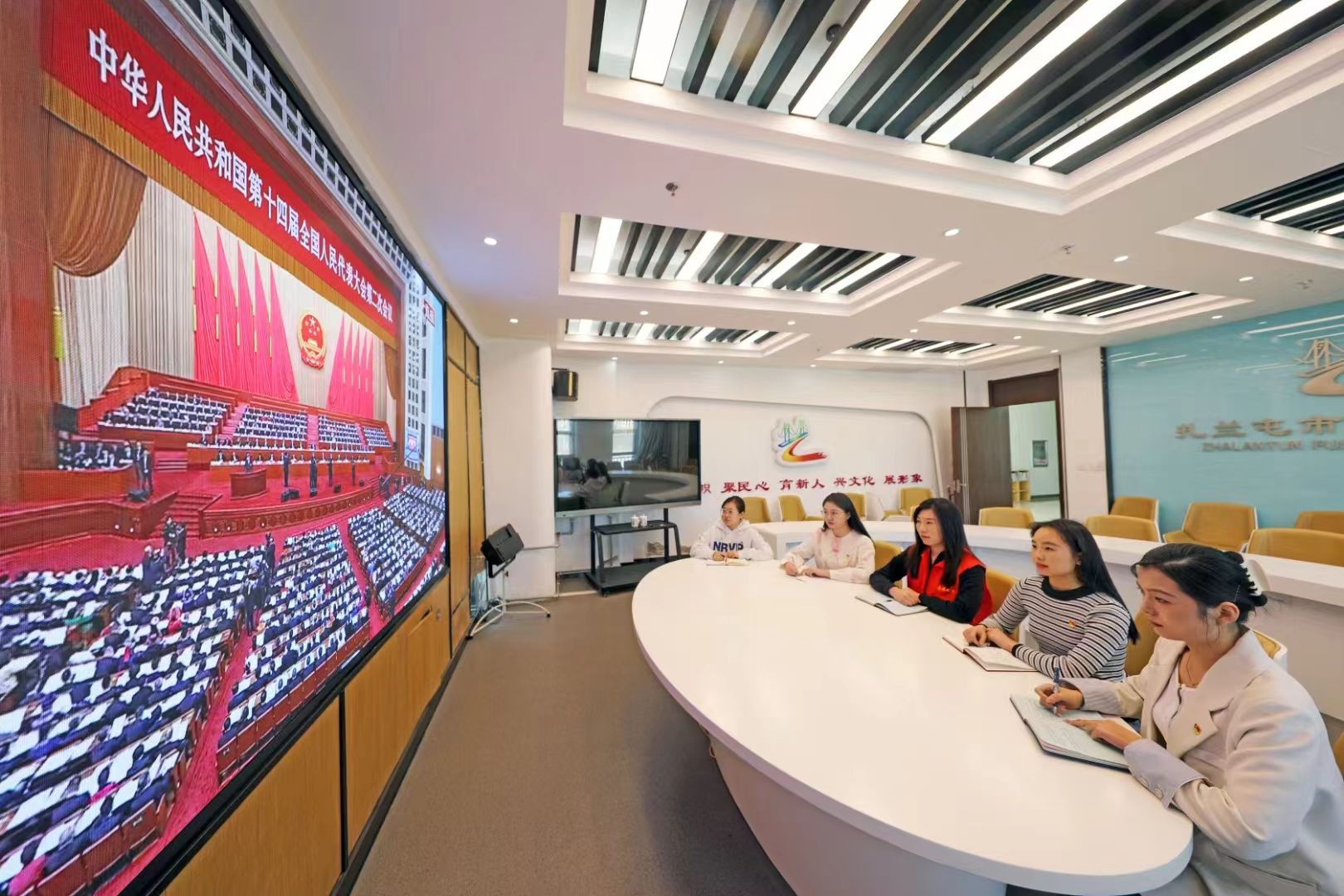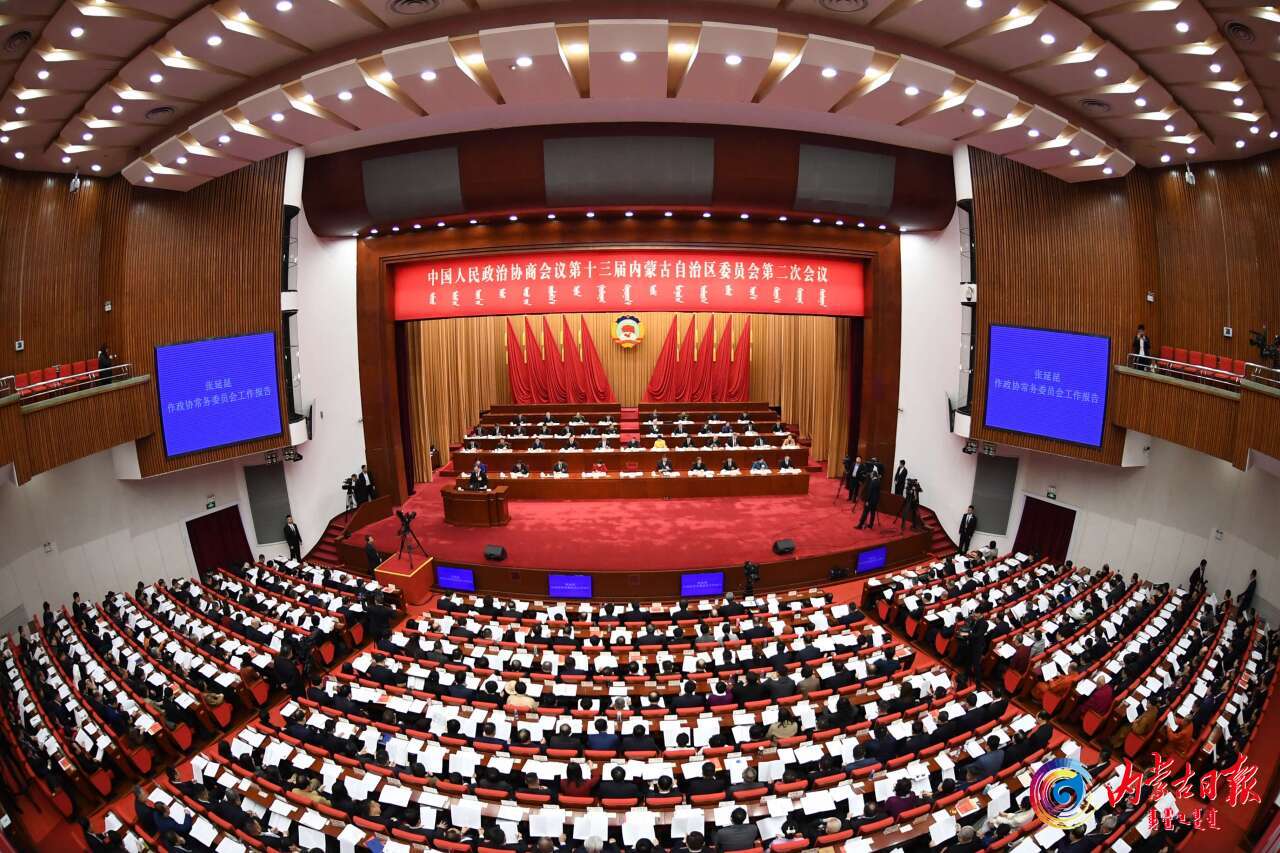Hohhot's 40-year journey of economic growth

A view of the street in Hohhot, Inner Mongolia autonomous region [Photo/IC]
Given a priority in economic development, Hohhot in Inner Mongolia autonomous region has undergone dramatic changes since China's reform and opening-up began in 1978.
In 2017, Hohhot's GDP reached 274.37 billion yuan ($39.5 billion), 132 times higher than that in 1978. The city's economy has grown by an average of 24.3 percent a year since the beginning of 21st century, leading the 27 capitals in the country.
With the promotion of supply-side structural reforms and industrial upgrades, Hohhot has developed an economic pattern focused on the service industry, with the quality development of modern agriculture industry and emerging industries.
The city's total investment amount totaled 149.08 billion yuan in 2007, 1,113 times the figure of 1978.
There were 150 enterprises from industries like electricity and printing in the city at the beginning of reform and opening-up, with the total output value of 9.38 million yuan.
With the deepening of reform and opening up, the city has developed six core industries including food processing, dairy, electrical energy, petrochemical, pharmaceutical and electronic information industry.
According to government statistics, these major industries generated 73.11 billion yuan in industrial output value in the first eight months of this year, up by 8.1 percent from a year ago.
People's living standards have also greatly improved, with per capita disposable income of urban residents and rural residents in the province reaching 29,458 yuan and 15,170 in 2017, 119 and 122 times respectively that of 1980.
Hohhot's imports and exports reached $8.78 billion during the past five years.
During the period, a total of 57 foreign-invested enterprises was introduced in the city with over 2.4 billion yuan in actualized investment.
A total of 116 Hohhot's enterprises expanded their business in markets like Australia, New Zealand, Zambia, and Canada, with 54 enterprises investing in countries along the Belt and Road.
The city has also continued to establish a technical system to speed up and break bottlenecks in technologies to drive industrial upgrades and economic growth.
As of now, there are 196 high-tech enterprises in the city, accounting for 37 percent of the total enterprises. The city has a total of 1,946 patents, leading Inner Mongolia in quantity.
In 2017, technical innovation contributed 52 percent to the city's economic growth, taking the lead across the region.



 Print
Print Mail
Mail





